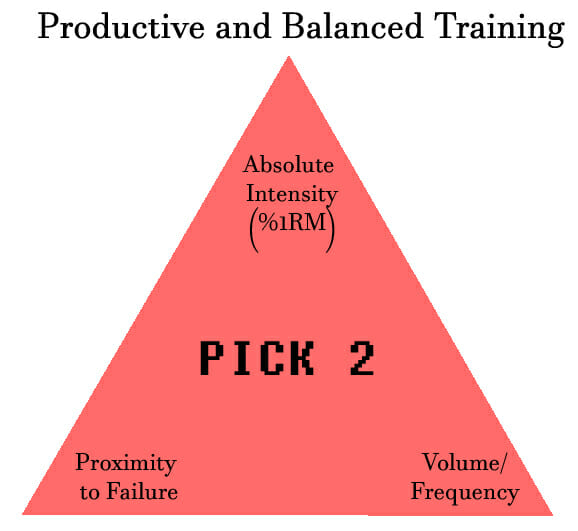If you’re a trainer:
- You can still make great training adaptations with a little thinking and appropriate periodization strategies.
If you’re a powerlifter:
- Just because you’re training from home with no barbell doesn’t mean all is lost. It’s a bit different from what you’re used to, but you can still preserve or gain muscle without barbell training.
Part 3 in this series kicks off with some workout examples you can use in your bench press training using minimal equipment. The assumption here is that you don’t have much equipment available to you and have a couple of bands laying around, some books, and a backpack. Our goal is to keep specificity as high as is reasonable, by using similar joint angles to your regular training and keeping force production and stress to the intended muscles high.
If you haven’t already checked out Part 1 and Part 2 of this series, they lay a foundation for how to use the information in this article. Probably worth checking those out.
Today, I’ll be outlining some appropriate ways to implement the strategies outlined in the modalities article into your bench training with some examples of appropriate exercise substitutions as well as 2 program examples for lifters with different weak points in their bench press.
Without heavy weights (absolute intensity), volume and proximity to muscular failure need to be kept high in order to keep a reasonable training effect. There are ways to keep intensity relatively high, but they tend to become lower specificity and it’s hard to create any appreciable carryover to the powerlifts with them.

Exercise Selection
Below are some ideas for common bench press exercises that would be a suitable substitution given the current training situation most people are in.
- Bench Press
- Pause push-ups
- Weighted push-ups
- Deficit push-ups
- Heavy bench
- Max push-up ISO into AMRAP weighted push-up
- Close or wide grip bench
- Varied grip width push-up
- Overhead press
- Handstand push-up or deficit handstand push-up
- DB bench press
- 1 arm push-ups
- Tricep accessories
- BFR band pushdowns
- BFR pike tricep extensions
- Speed bench
- Clapping pushups or clap pushup vs band
- Bent over rows
- bedsheet row
- 1 arm bedsheet row
- Dips
- Chair dips. Frankly, these are an AWESOME option for bench press training as you can load them relatively easily and it doesn’t take much equipment to do so.
I tend to lean towards more BFR work for direct arm exercises as the loads tend to be lower and it’s a really easy way to use bodyweight to load the muscles up really effectively. BFR can be used on more compound exercises (as you’ll see below), but the circumstances start to matter more. All of these can of course be substituted as you see fit in your program. That being said, applying some less conventional structures might be useful here.
Sample Workout #1
Lifter who is working on developing bottom end strength in their press. Weak pecs, weak off the chest.

For our lifter in example #1, we would place the isometric at the lowest point of the pushup to mimic the bottom of the bench press, then we follow up the isometric with a pushup, loading it if needed. Continuing on the trend of chest and shoulder strength, doing dips off of your kitchen chairs to provide additional stimulus here is a great secondary exercise. After that, we are just balancing out the pressing with some pulling and beach body work with the arms.
Sample Workout #2
Lifter who is working on a stronger lockout/being more explosive

In our second lifter, we have taken a slightly different approach. This trainee struggles with getting through his lockout on bench because they are both slow and also weak in the triceps. By adding in both banded work (to build their explosiveness) as well as handstand pushups (to get the shoulders and triceps stronger through the midrange and lockout of the press, we can direct the training towards addressing those issues. Finally, we finish off with some upper back work to keep shoulders healthy and some modified pushups to target the triceps more directly.
General guidelines
- At the exception of BFR, you should work on being as forceful on the concentric as possible. When loads are lower, velocity needs to be higher in order to keep force output high (F=m*a).
- The principle of overload still applies. Assuming you still want to have productive training, you need to implement some type of phasic structure to your training. If you’re reading this article, it’s probably time for some volume based phases of training.
Hopefully this gives you some ideas on constructing effective modified bench workouts in order to keep the ball rolling with your training. Squat and Deadlift ideas are still to come!
PS – Here’s 3 ways I can help you get stronger:
3. Apply to join my “Momentum Program” and become a case study. We’ll work with you 1-on-1 (in-person or online, depending on location) to consistently increase your PRs.
It takes less than 60 seconds to apply HERE in order to find out more information and see if you’d be a good fit.